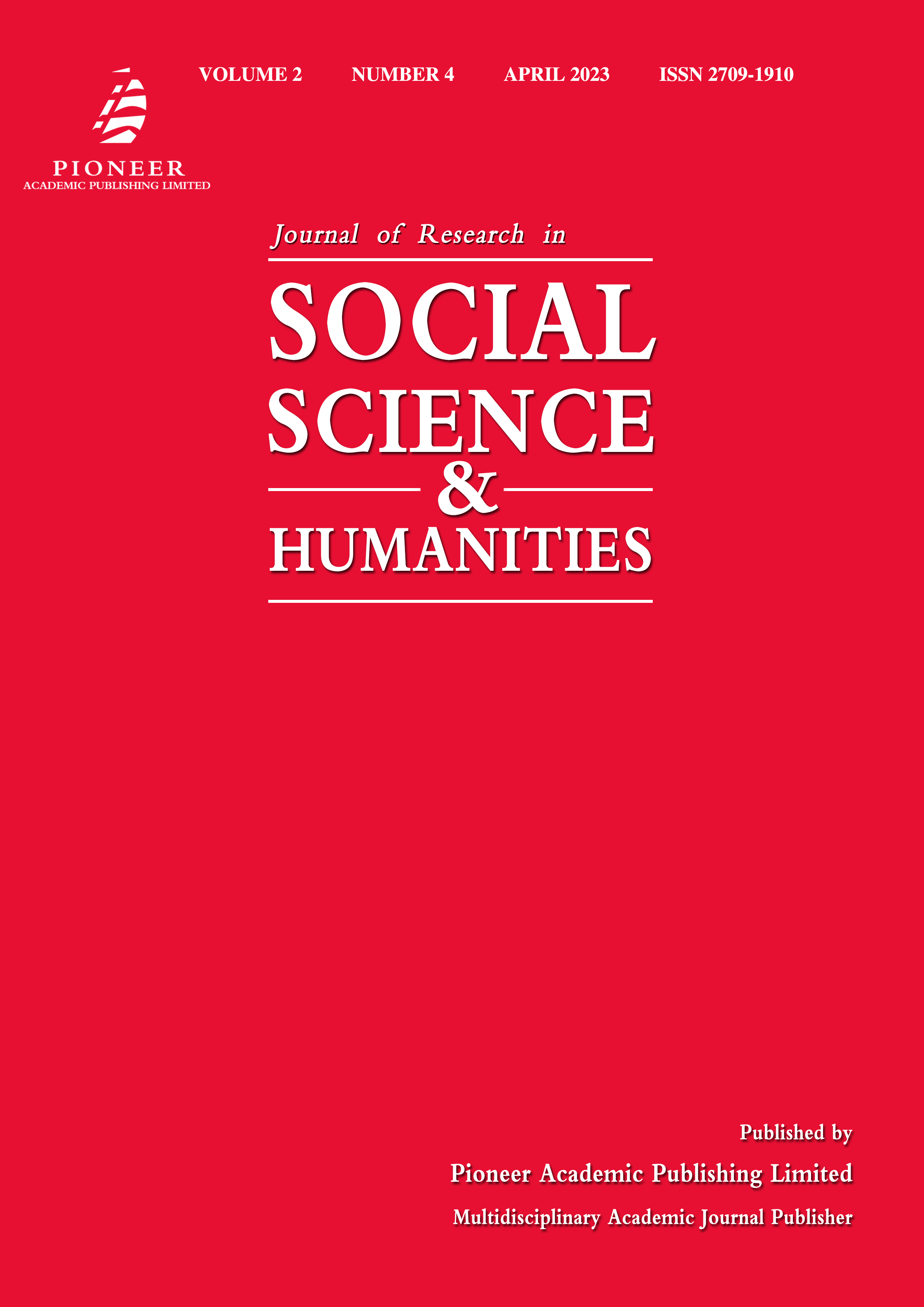High-Tech Accreditation, Technology Spillover, and Innovation
Keywords:
high-tech accreditation, technology spillover, innovation, industrial policyAbstract
Innovation is the foundation of business survival. The two primary factors that impede enterprise innovation are funding limitations and technology spillover. China’s continuous qualification recognition of high-tech enterprises provides financial subsidies to supported enterprises, thereby resolving a portion of the problem of financing constraints. This paper establishes the duopoly Cournot competition model and incorporates technology spillover into the research process of government subsidies and enterprise innovation R&D. It has been discovered that government subsidies can increase the innovation input of enterprises in proportion to the magnitude of the technology spillover effect and the marginal technology efficiency. In addition, utilizing China’s A-share listed companies in Shandong Province from 2015 to 2021 as the research object, this paper develops a fixed-effect model to conduct an empirical test of the specific impact of high-tech enterprise qualification recognition in Shandong Province on enterprise innovation. The test results indicate that recognizing the qualifications of high-tech businesses is advantageous for boosting the innovation level of businesses. Nevertheless, this type of industrial policy has a more evident stimulative effect on catering innovation.


